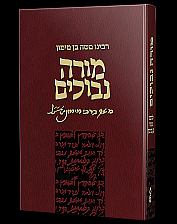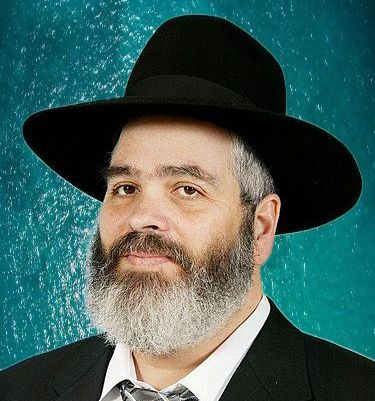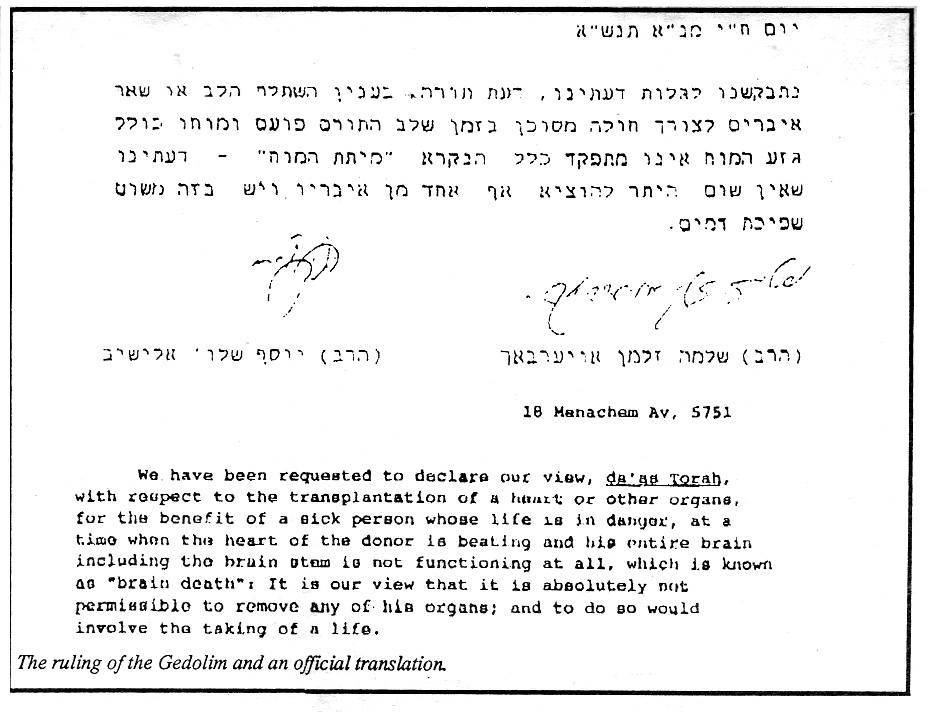  |
|
| |||||
HaRav Chizkiyahu Mishkovsky shlita Explains the Spirituality of Mourning
"A Yid came to me," the Mashgiach of Ohrchos Torah, HaRav Chizkiyahu Mishkovsky begins, "and said to me: 'We are waiting for this period to end. The Three Weeks is not for me; it's too sad. You can't dance; you can't be joyful. We're waiting for bein hazmanim."
This is the feeling by most people. In actuality, this is a combination of several mistaken factors, leading to a situation where we are missing out on something beneficial due to lack of knowledge, understanding and thought. We fail to realize how these days are very significant and meaningful in our day-to-day living.
When we ask a Jew today why he finds it difficult to mourn, the first answer is that it is hard to mourn something that took place over two thousand years ago. "I've become accustomed to the present state of things and don't really feel that I am lacking anything."
This is similar to telling a person that his great-great-grandfather of dozens of generations back was a tycoon until at one point he lost his entire wealth. Now go and feel sorry for him.
Who at all remembers him and the huge fortune he once possessed? Who can feel remorse over that? "When you come today and tell me to mourn over what took place over two thousand years ago, I find it difficult. I don't feel any lack for it. I never even saw it."
And a second thing: ...
This is the first in a series of articles and essays about tznius that was first published in print in 1995, 29 years ago.
We all want to extend honor to Hashem's Name and to His sacred Torah, and to strengthen the foundations of the Torah home, which is the mikdash me'at of our exile, and in whose merit we are alive today. Women and daughters of Israel — women of valor, neshei chayil of whom it is said: "A woman who fears Hashem she shall be praised," (Mishlei 31:30), I wish to bring you Hashem's word and to arouse your deepest sentiments.
Daughters of Israel, in whose hands future generations and future Jewish homes are entrusted! Daughters of Israel, to whom the merit of their husbands' and children's Torah learning also belongs!
The fact that, with Hashem's help, the voice of Torah still resounds in synagogues, houses of learning and even private homes, and the fact that the Torah world, which was destroyed in the terrible Holocaust, has been rebuilt and is flourishing, can be credited only to "the fear of Hashem [which] is pure [and] endures forever" (Tehillim 19:10).
As Dovid Hamelech said: "If there is fear of Hashem (and Torah is inextricably linked to purity and modesty) then it (i.e. the world) endures forever."
Purity and modesty are the factors which insure the eternity of our world and your world — the world of Torah and Torah-true education. If you, the women and daughters of Israel, will properly do this holy work of Hashem, that affects the present and the future, then the merits of the present generation and all the future generations will be yours.
In principle, everything sounds fine [and could easily be carried out], were it not for the trial to which our particular era is subjected, were it not for the terrible battle of the yetzer and all of its ramifications, were it not for the fact that the sitra achra cannot bear it when Torah and sanctity are unmarred in genuine Jewish homes, and thus the yetzer and its retinue shoot deadly darts into our camp.
The yetzer, our eternal foe, is not satisfied to fight us on the battlefields of former generations: the street, the markets, the large cities. In the past, whoever fulfilled the words of the verse, "Come my people, enter into your chambers and shut your door. Hide yourself for a little moment until the fury has passed" (Yeshayahu 26:20), and fulfilled what Shlomo Hamelech said, "I will walk within my house, in the innocence of my heart" (Tehillim 101:2), i.e. who stayed away from the well-known battlegrounds of the yetzer, was spared the fight.
The Israeli relationship to Biden is mixed. On one hand, one cannot forget his conduct towards the newly elected Prime Minister of Israel, Netanyahu, when he refused to invite him to Washington for a meeting, as had been the accepted norm towards all newly voted-in prime ministers. Biden was angry at Netanyahu due to internal Israeli issues, mainly the judicial reform, as well as his address in the Congress towards the end of Obama's tenure. This anger led to the ban he declared upon Netanyahu.
On the other hand, on the very day that war broke out, Biden declared a totally positive stand alongside Israel, and his unequivocal warning to Iran that they remain out of this picture which was truly an unprecedented declaration in the relationship of the two nations. Many even go as far as to say that this saved Israel from a major catastrophe.
But then, there is also a third side,...
This Google Custom Search looks only
in this website.
Outstanding Articles From Our Archives
News
by M. Plaut
The original letter as published in Yated Ne'eman on 27 Tishrei 5752
In our issue of 27 Tishrei 5752 (October 4, 1991), we published a very important statement signed by HaRav Shlomo Zalman Auerbach zt"l and ylt"a Maran HaRav Eliashiv on the subject of removing organs for transplants. The issue arose recently in connection with an unfortunate occurrence at the Shaarei Tzedek hospital in Yerushalayim.
It is important and relevant to understand the context in which the letter was issued.
Opinion & Comment
by R' Yosef Friedensohn
On a recent Rosh Hashonoh, for some strange reason, my memory was stirred of a rather incidental episode that took place sixty-six years ago (1940/5700), something that happened during one of the first few weeks of the German invasion of Poland. Perhaps my memory was nudged because I prayed in a shteibel which was graced by a large number of beautiful bookcases containing specially bound volumes.
I have an admitted weakness for seforim, and my admiration of those volumes must have prodded my memory of one of my confrontations with the accursed people, that was directly connected with seforim.
Actually, that one was not my first run-in with the representatives of the `master race.' The first time had taken place several days before, when they had seized me on the street and conscripted me, together with other Jews, for forced labor. I had been brutally beaten, one of many treated savagely in this manner. I can hardly remember details of that incident, but what I do recall in particular is the other event previously mentioned which is completely connected with seforim, an incident which has much to convey to readers.
*
It was during November, 1939. I recall the date since it was a few days before we fled from Lodz to Warsaw. We were the object of a `visit' from savage Nazi officers, a visit which was routine and widespread and usually paid just to pillage and plunder.
|
|||||




.jpg)



